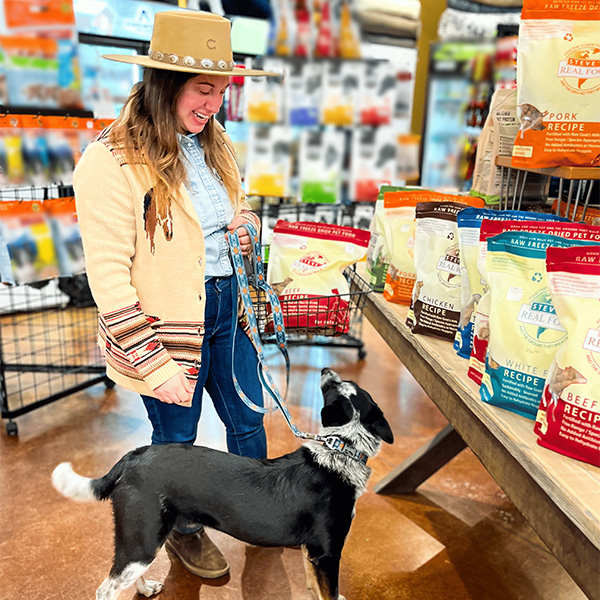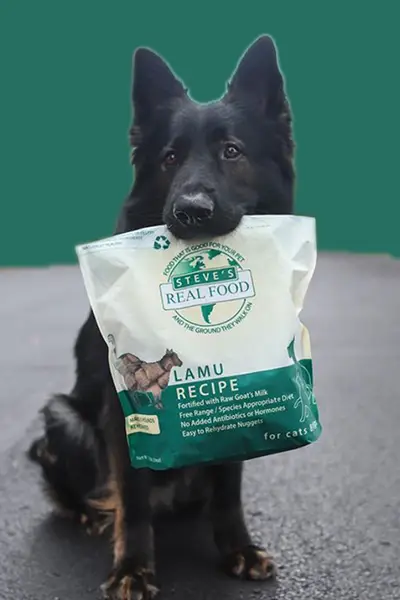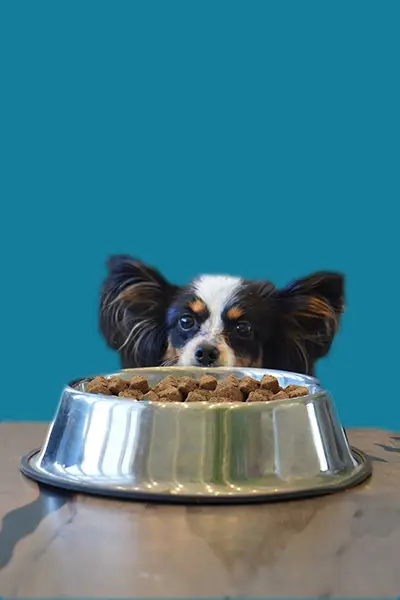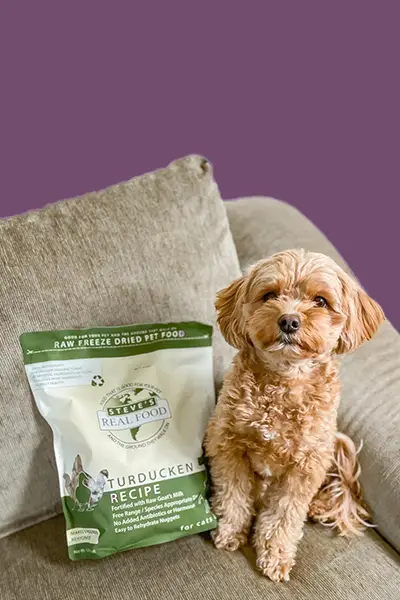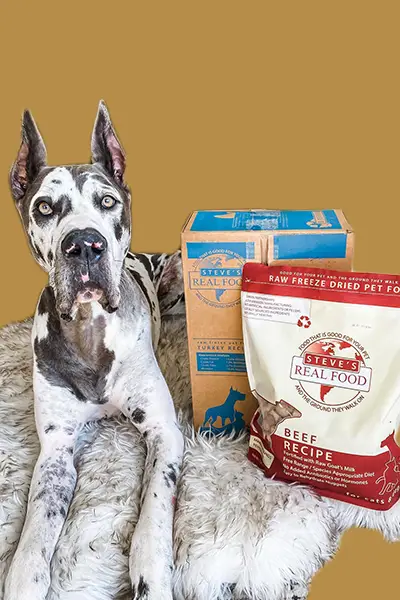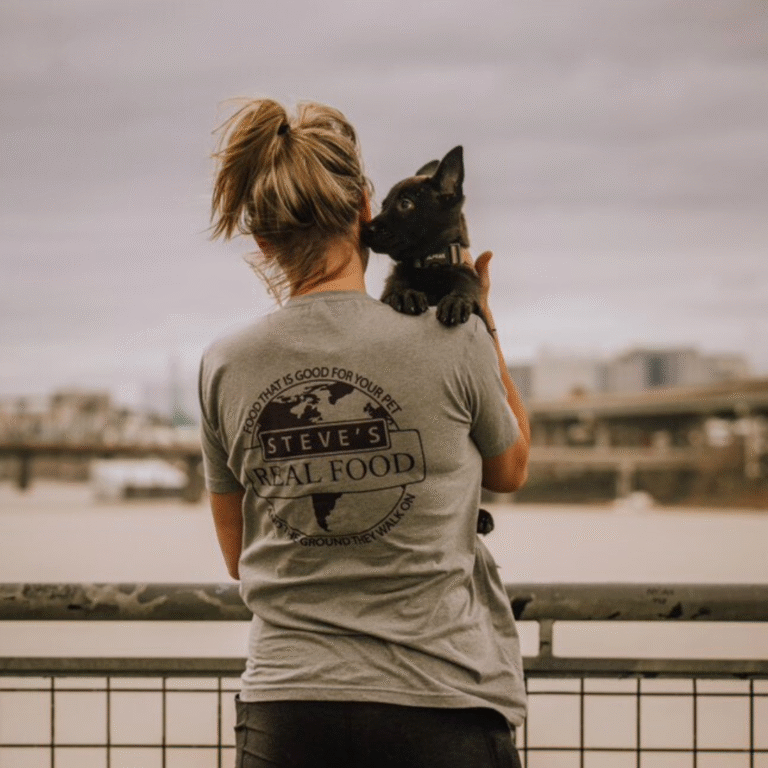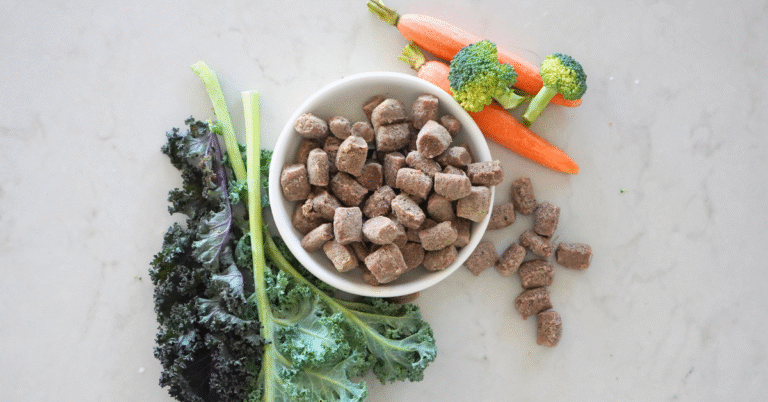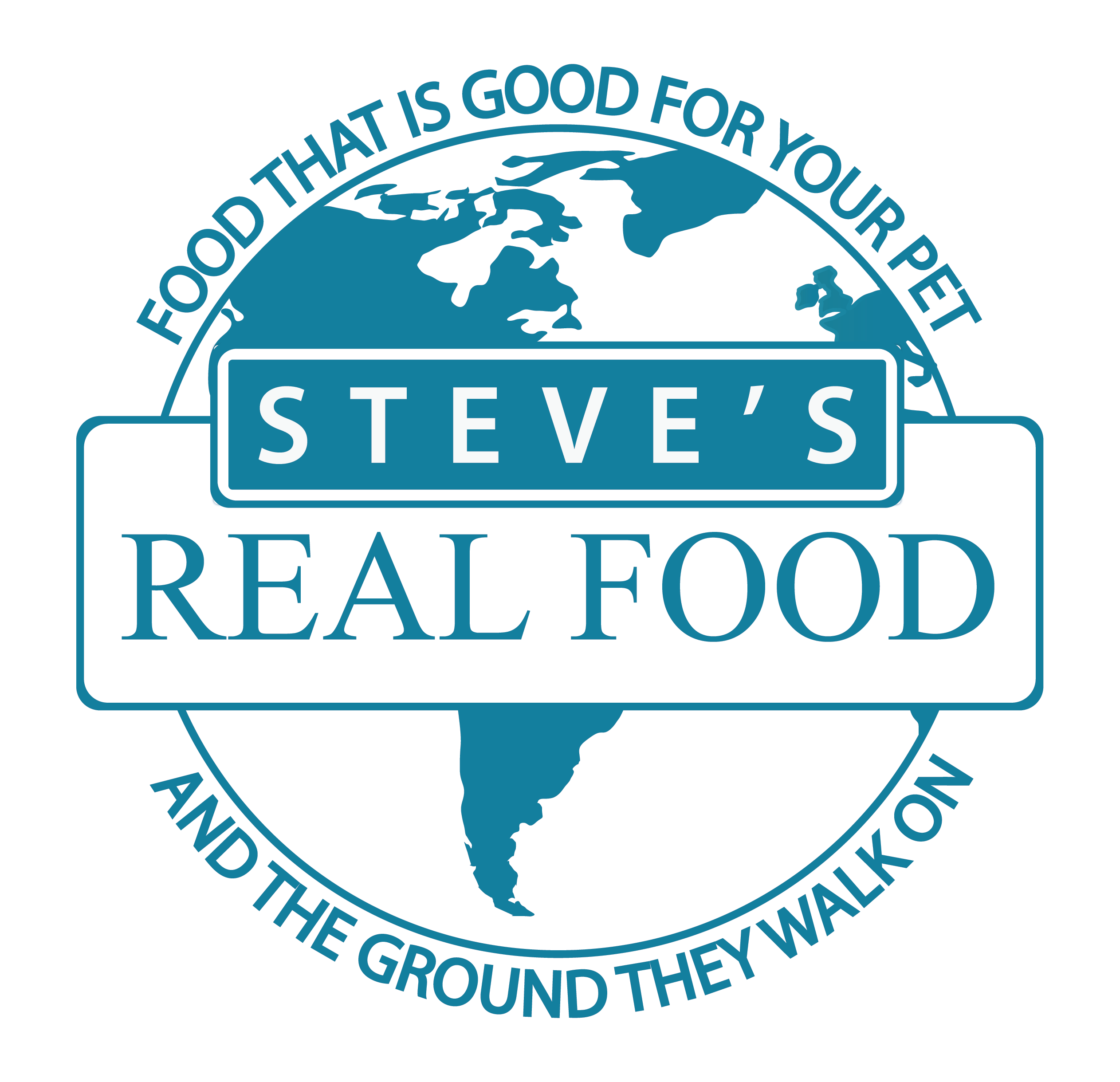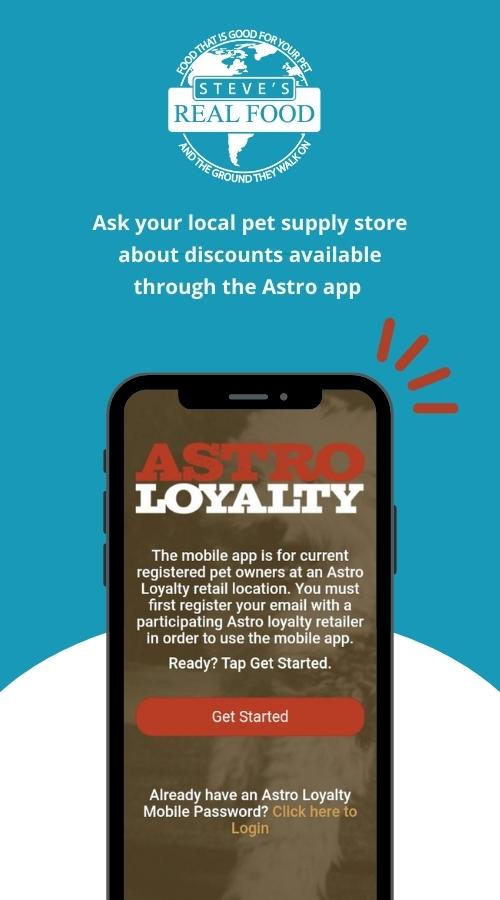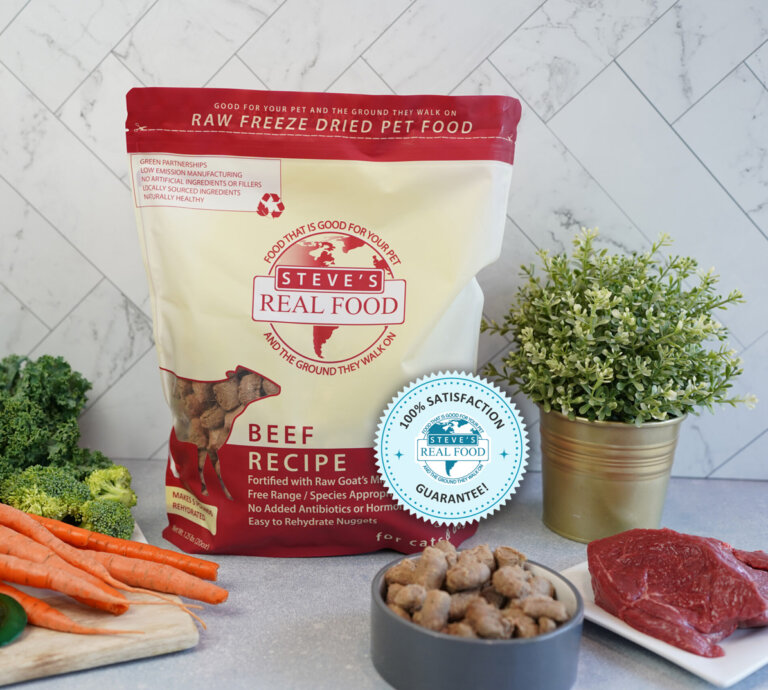How to Talk to Your Veterinarian
About a Raw Diet for Your Dog or Cat
We love and value our vets! They work hard to keep our animals safe and healthy. It’s safe to say you’ll eventually need to discuss your dog’s diet with your vet. Diet is such a foundation of health, after all. While some education of the most common kibble diets is provided in veterinary school, most commercially prepared raw diets are not often covered. When broaching the topic of a raw, natural diet with your vet, we recommend being prepared, as some vets may be unfamiliar and may disagree with your choice. We want to give you the tools to be confident to start the conversation about raw feeding.
In many veterinary circles, raw feeding is discouraged, and clients who feed their pets a raw diet may never mention it to their vet. Alternatively, because it seems taboo, your veterinarian might hesitate to suggest raw as an option for a pet that isn’t thriving on a kibble diet.
We encourage having an honest relationship with your vet as it leads to them being able to provide the best care possible. We have provided a printable info page to bring to your next vet appointment. This will ease some concerns about raw food diets and provide your medical professional with the information needed to evaluate the diet properly.
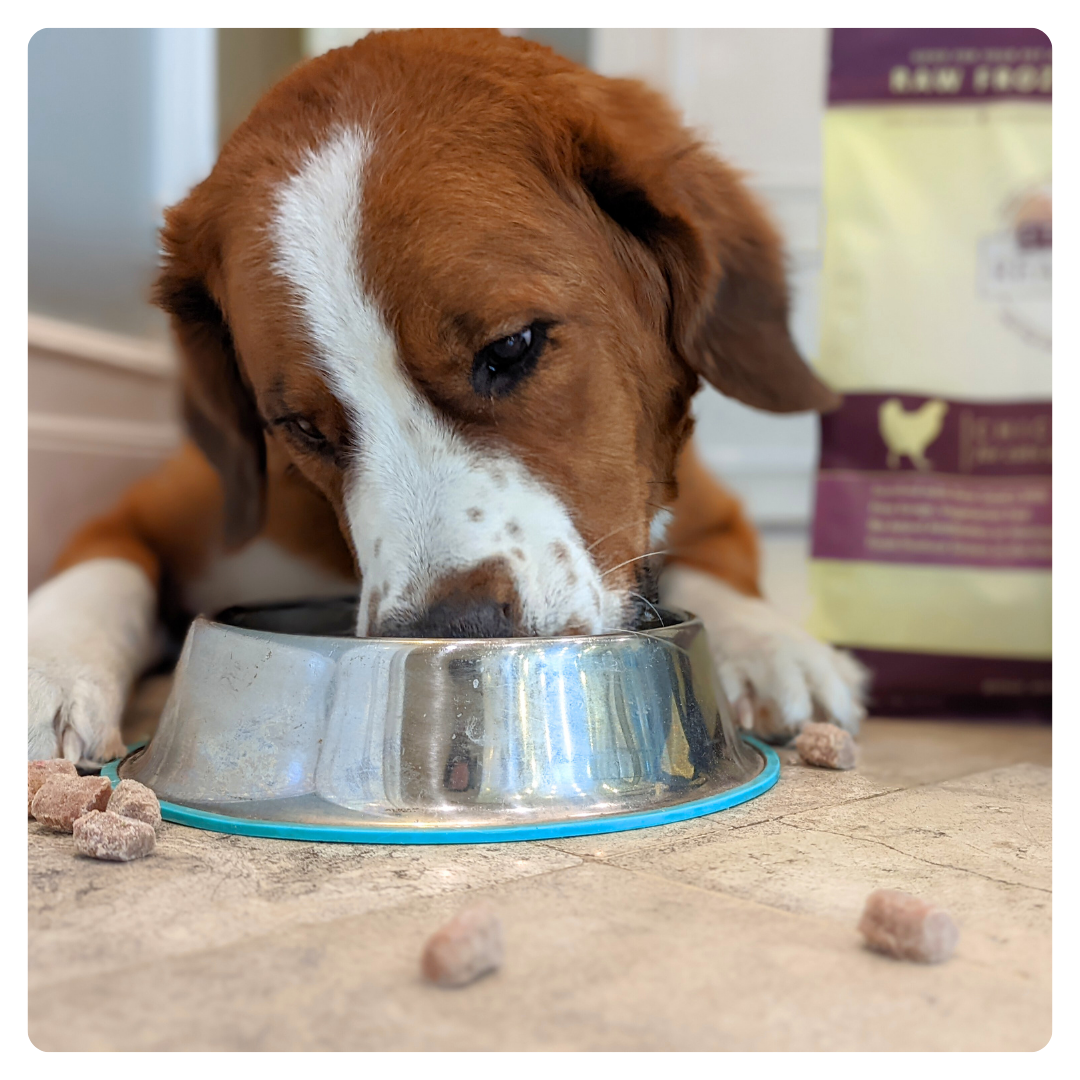
Reasons a Veterinarian May Cite for Not Supporting Raw Feeding
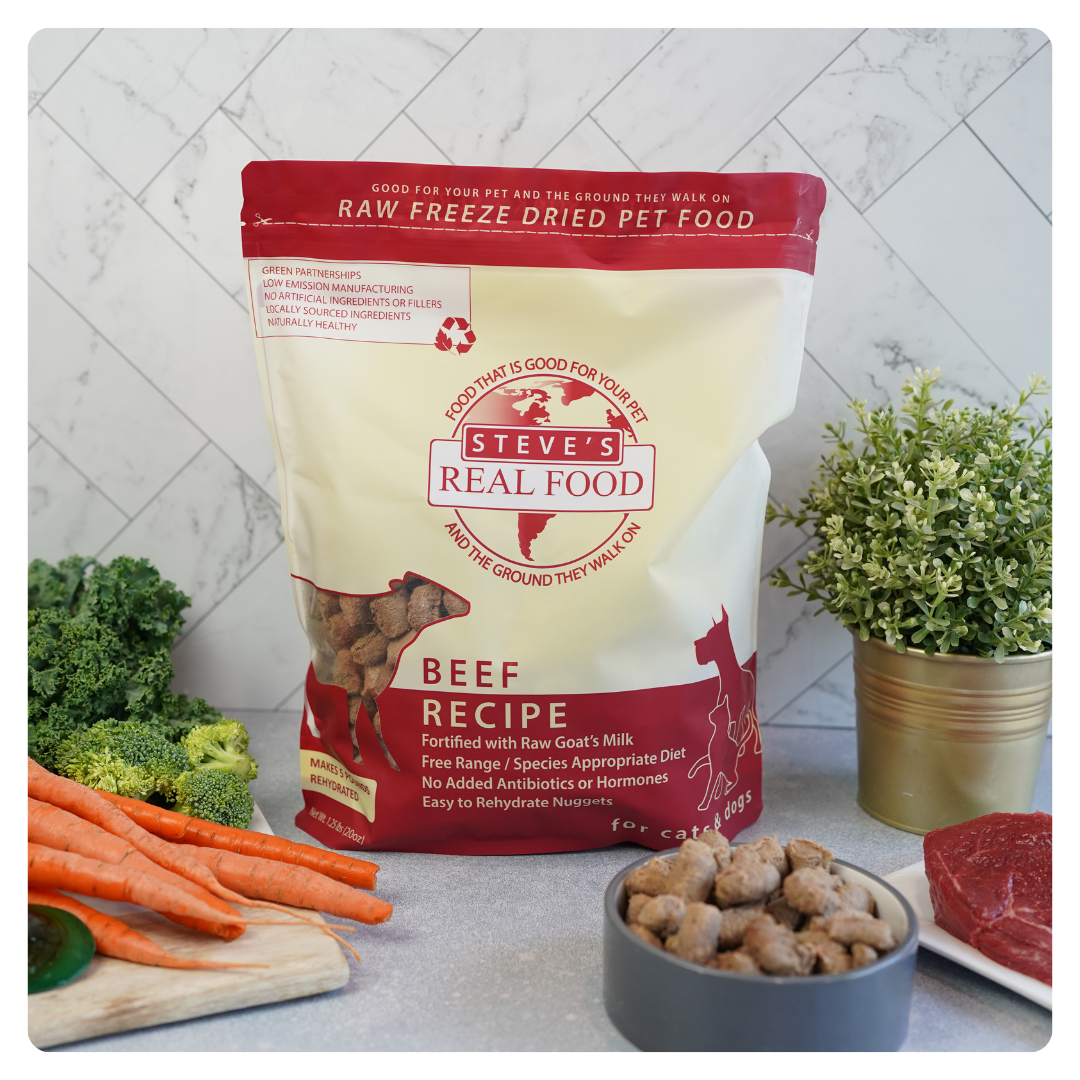
Nutritional Imbalance
- This generalization may stem from people making their own raw diets without proper research or consulting with a professional. Without proper supplementation, pets may suffer from deficiencies in essential nutrients like calcium, vitamins, and minerals, which can certainly lead to health problems over time.
- Steve’s Real Food is formulated to meet the nutritional levels established by AAFCO dog and cat nutrient profiles for all life stages.
- A PhD animal nutritionist reviews our formulations.
- A complete nutrient and caloric analysis for each diet is available on our website StevesRealFood.com on the individual product pages.
Bacterial Contamination
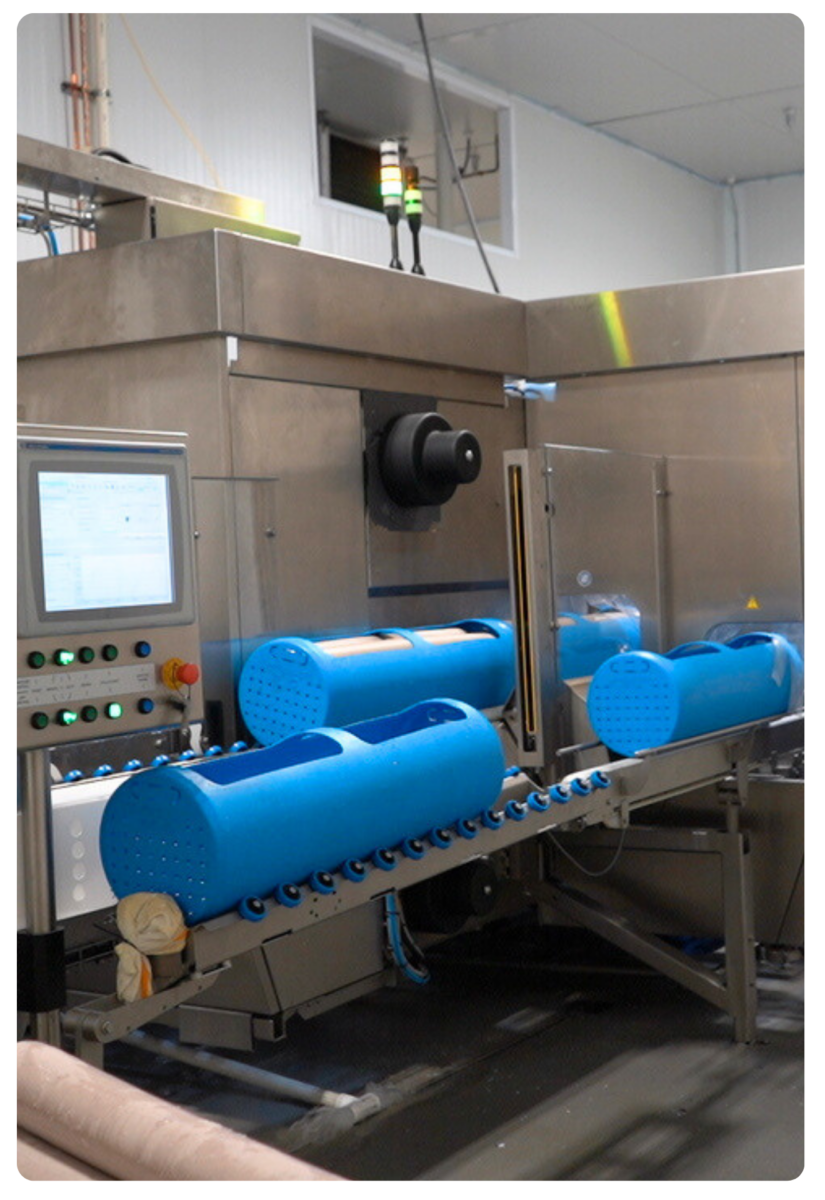
- High-pressure processing (HPP) in pet food production involves subjecting the food to cold water and pressure. This process effectively eliminates harmful bacteria and pathogens present in the food, such as salmonella and E. Coli. HPP ensures food safety without the use of additional chemicals or high heat which might compromise the product’s nutritional integrity or sensory qualities.
- Our ingredients are exclusively from human-quality, USDA-inspected farms that prioritize the humane treatment of animals.
- Tests we do on a regular basis:
- Microbial Testing: Every batch of food is tested for Salmonella, E. coli 0157-H7, Campylobacter, etc. is conducted to ensure the absence of harmful bacteria before shipping out to customers.
- Pathogen Testing for Meats and Goat Milk: All meats and goat milk undergo pathogen testing before entering the pet food manufacturing process, adding an extra layer of scrutiny.
- Batch Testing: Every batch of pet food undergoes thorough testing for pathogens to guarantee safety.
- Environmental Contaminant Testing: Our foods are tested for pesticides, heavy metals, and other environmental contaminants to meet stringent safety standards.
- Quarterly Nutrient Testing: Pet foods are tested quarterly for guaranteed analysis, including calcium, phosphorus, zinc, copper, and other essential minerals.
- Bi-annual Nutritional Analysis: A complete vitamin analysis and full nutritional profiles of pet foods are performed every six months.


Digestive Upset
Abrupt changes in diet can disrupt your pet’s digestive system, leading to upset. Gradually transitioning from the old diet to the new one over 7-10 days can help ease digestive upset. Start by mixing a small amount of the new food with the old food and gradually increase the proportion of the new food while decreasing the old food.
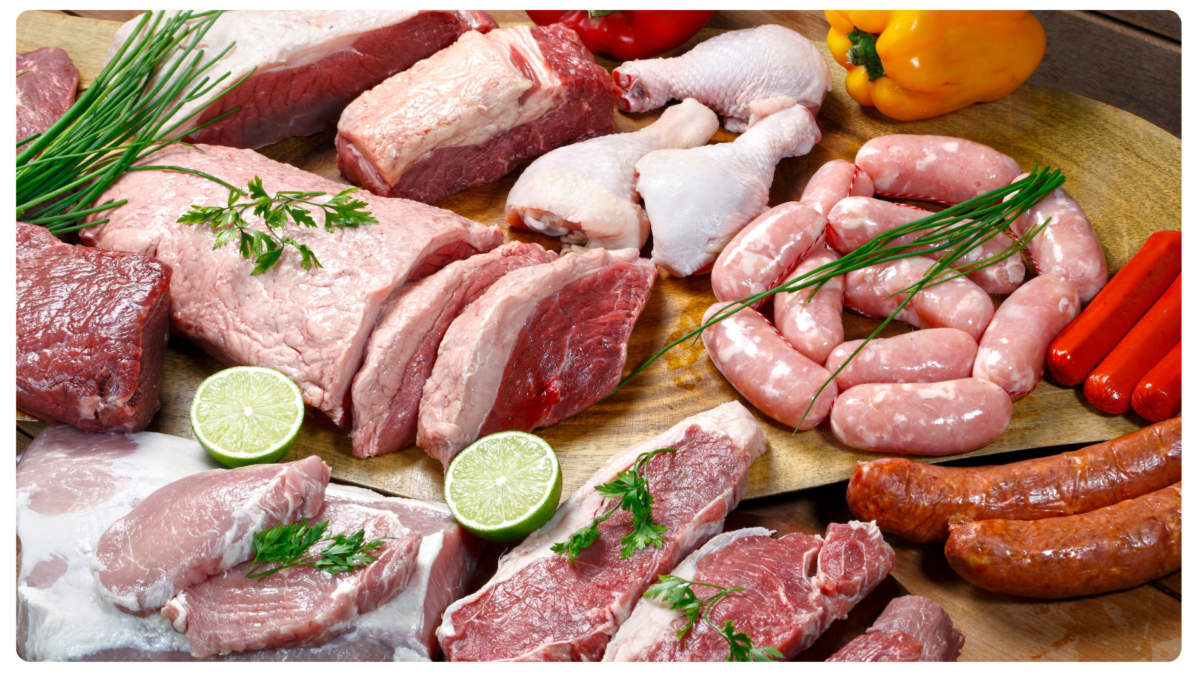
Food Safety Threat to Humans
Raw pet food should be handled with the same safety measures as preparing raw meat for your own consumption, such as washing your hands before and after handling the food, keeping the food at safe temperatures, and feeding the food in a clean dish. Feeding your pet raw is no more risky than preparing meat for your human family’s dinner.


Lack of carbs
- AAFCO does not have any nutritional required level for carbs.
- Our BARF diets do contain beneficial carbs in the form of fruits and vegetables, which provide pets with fiber without inflammatory fillers.
Tips for Politely Discussing Raw Pet Food Diets with Your Vet
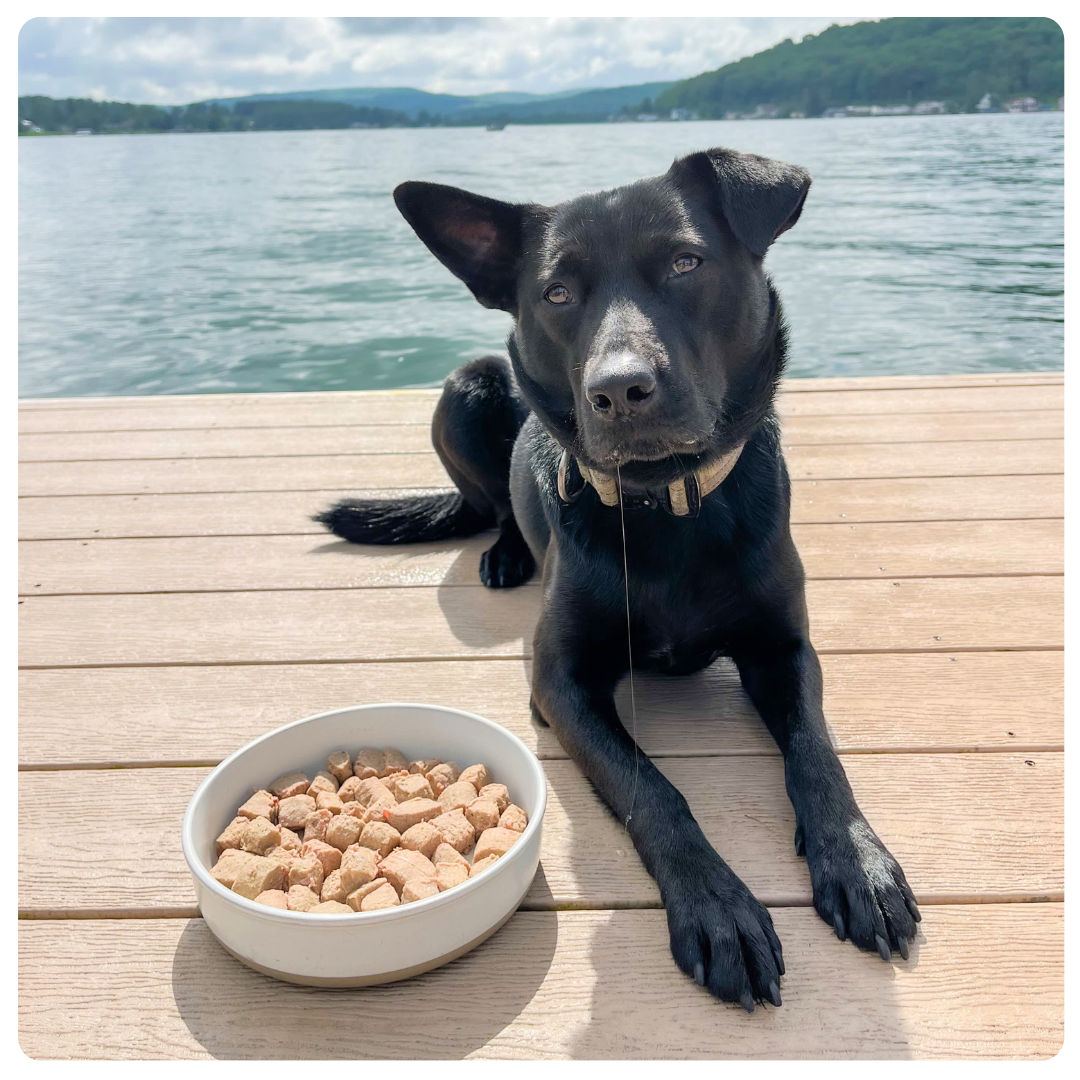
Express Interest and Openness
Start the conversation by expressing interest in exploring your pet’s different dietary options. Acknowledge that you’ve been researching raw pet food diets and are open to learning more about them.
Share Your Research
Briefly summarize the key points you’ve learned about raw pet food diets, including potential benefits and risks. Mention specific sources or experts you’ve consulted to demonstrate the depth of your research.
Some great raw feeding educators may include:
- Dr. Judy Morgan
- Dr. Heather Oxford
- Dr. Ian Billinghurst
- Pet Fooled Documentary
- The Forever Dog written by Dr. Karen Becker and Rodney Habib
- Feeding Dogs by Dr. Conor Brady

Studies about the benefits of raw:
Between 2020 and 2023, almost 8 million pounds of dry food was recalled for bacteria, making up 98% of all bacteria pet food recalls. Raw food only accounted for 0.3% of all the bacteria recalls. This is likely due to higher quality sourcing and higher standards.
Dogs that eat raw for greater than a year have better health markers than those that do not.
Raw meat diets increase the diversity of the faecal microbiome.
Puppies that eat raw have less gastrointestinal issues than puppies that eat kibble.
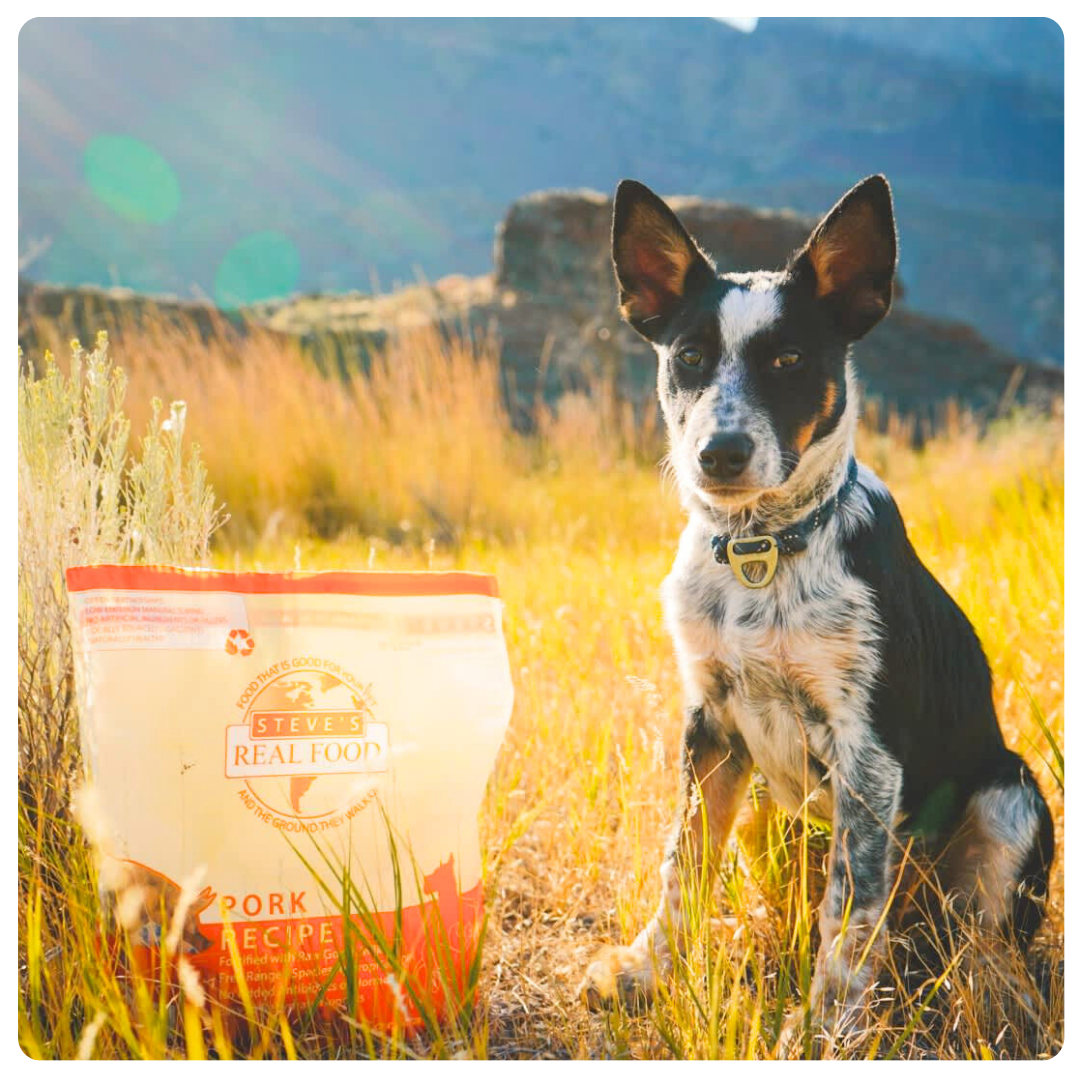
Acknowledge Different Perspectives
Recognize differing opinions within the veterinary community and among pet owners regarding raw diets. Mention that you’ve considered both sides of the argument and are interested in hearing others’ perspectives.
Address Safety Concerns
Acknowledge concerns about food safety and bacterial contamination associated with raw diets. Mention specific precautions you’ll take to minimize risks, such as feeding a commercially balanced diet, practicing safe food handling, and consulting with your veterinarian.
Invite Feedback and Discussion
Encourage an open dialogue by inviting others to share their thoughts, experiences, and concerns about raw pet food diets. Be receptive to different viewpoints and willing to consider new information. Likewise, you should ask questions to clarify evidence for rebuttals from your veterinarian.
Now you have the information needed to respond to your vet’s concerns! Don’t forget to bring our printable info page about Steve’s raw pet foods to your next vet appointment to ease some concerns about raw food diets, and provide your medical professional with the information needed to evaluate the diet properly.
 Beef
Beef Chicken
Chicken Whitefish
Whitefish Pork
Pork Lamb
Lamb Turkey
Turkey Turducken
Turducken All Protein
All Protein Beef
Beef Chicken
Chicken White Fish
White Fish Pork
Pork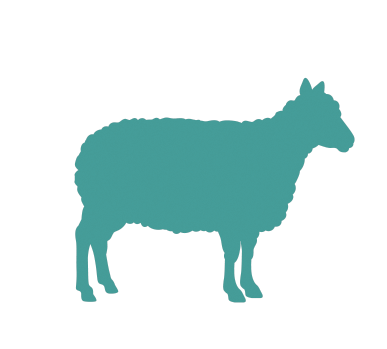 Lamb
Lamb Turkey
Turkey Duck
Duck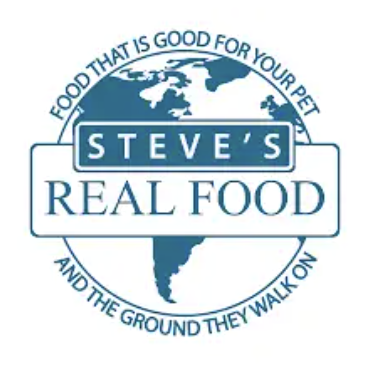 All Products
All Products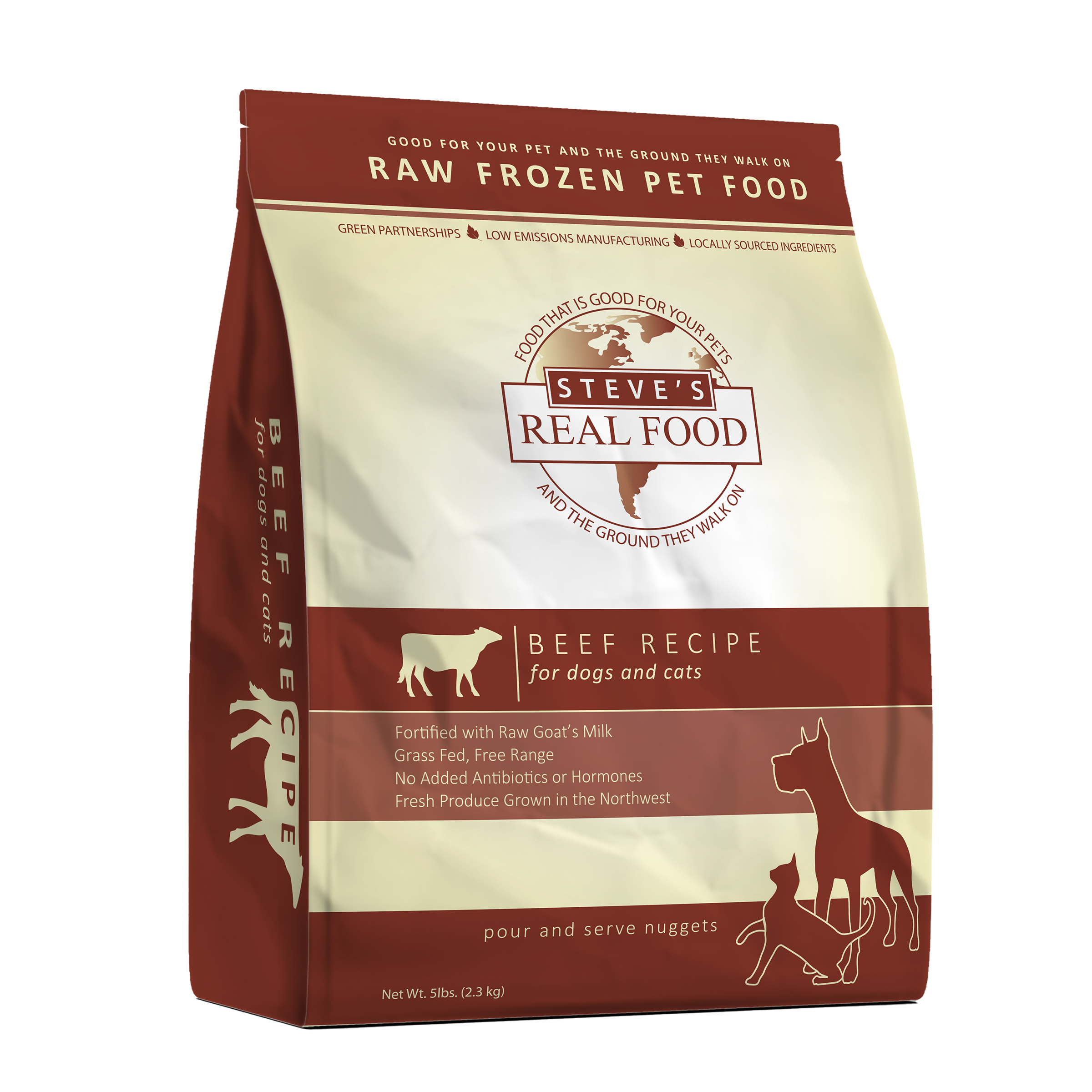 Frozen Raw Pet Food
Frozen Raw Pet Food
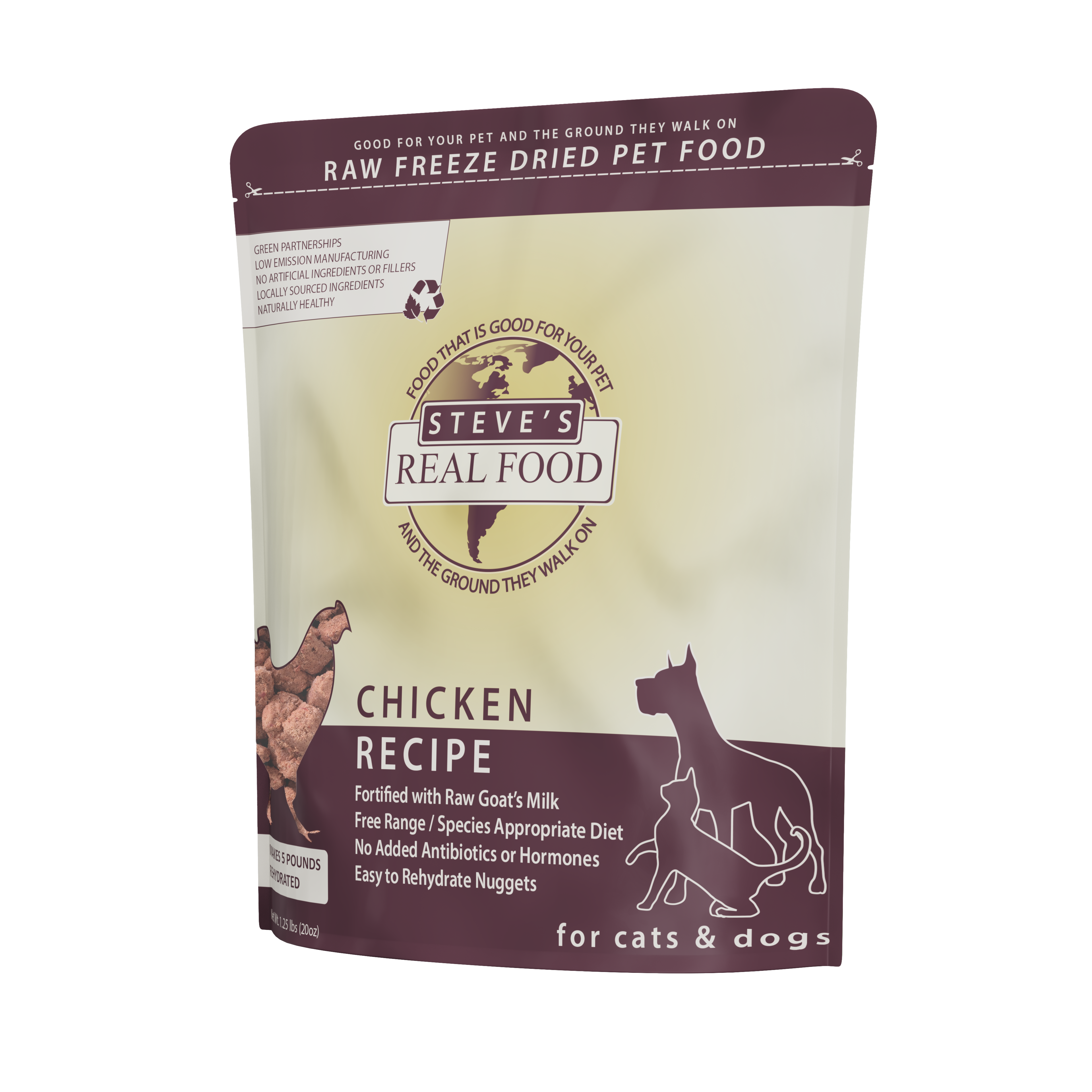 Freeze Dried Raw Pet Food
Freeze Dried Raw Pet Food
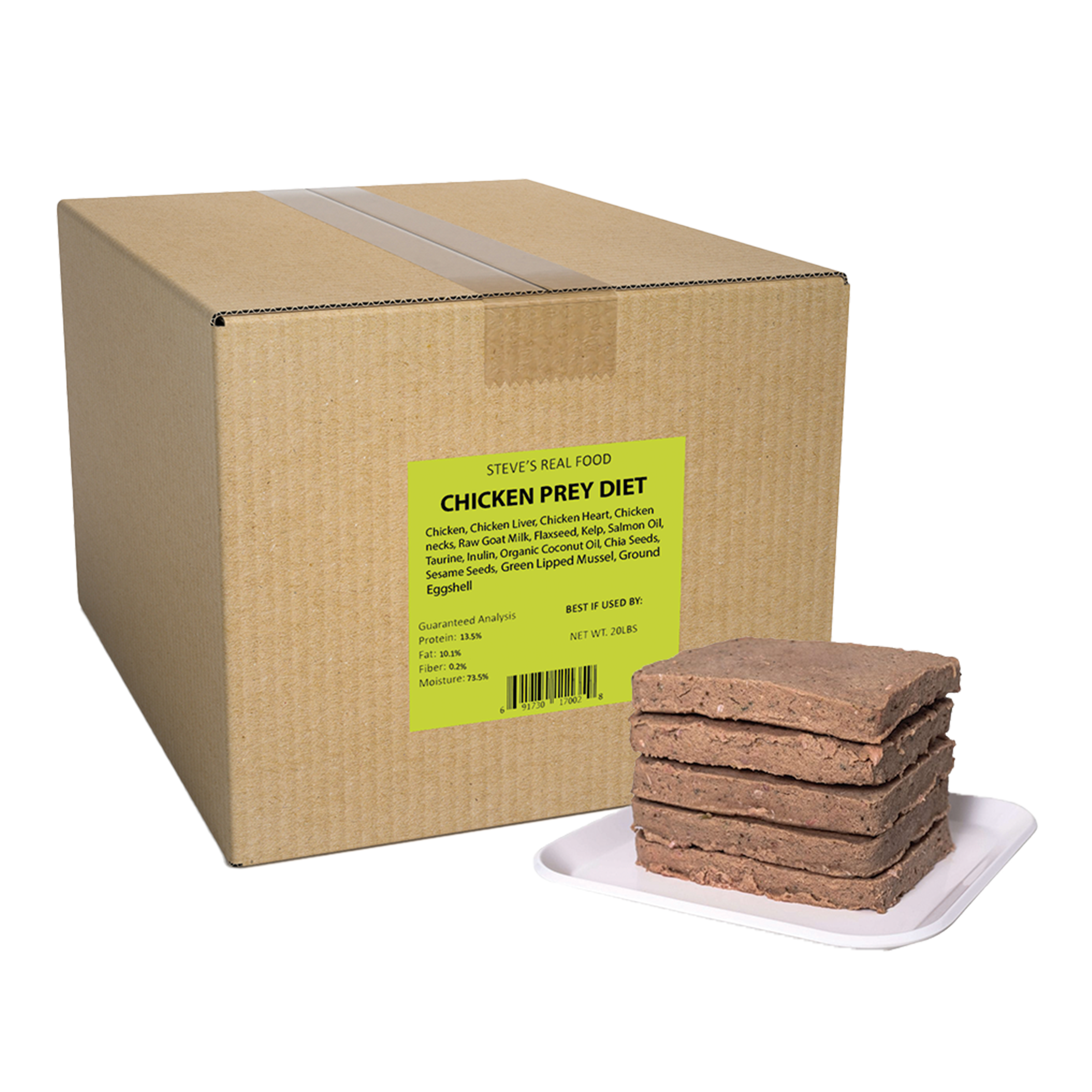 Frozen Prey Diet
Frozen Prey Diet
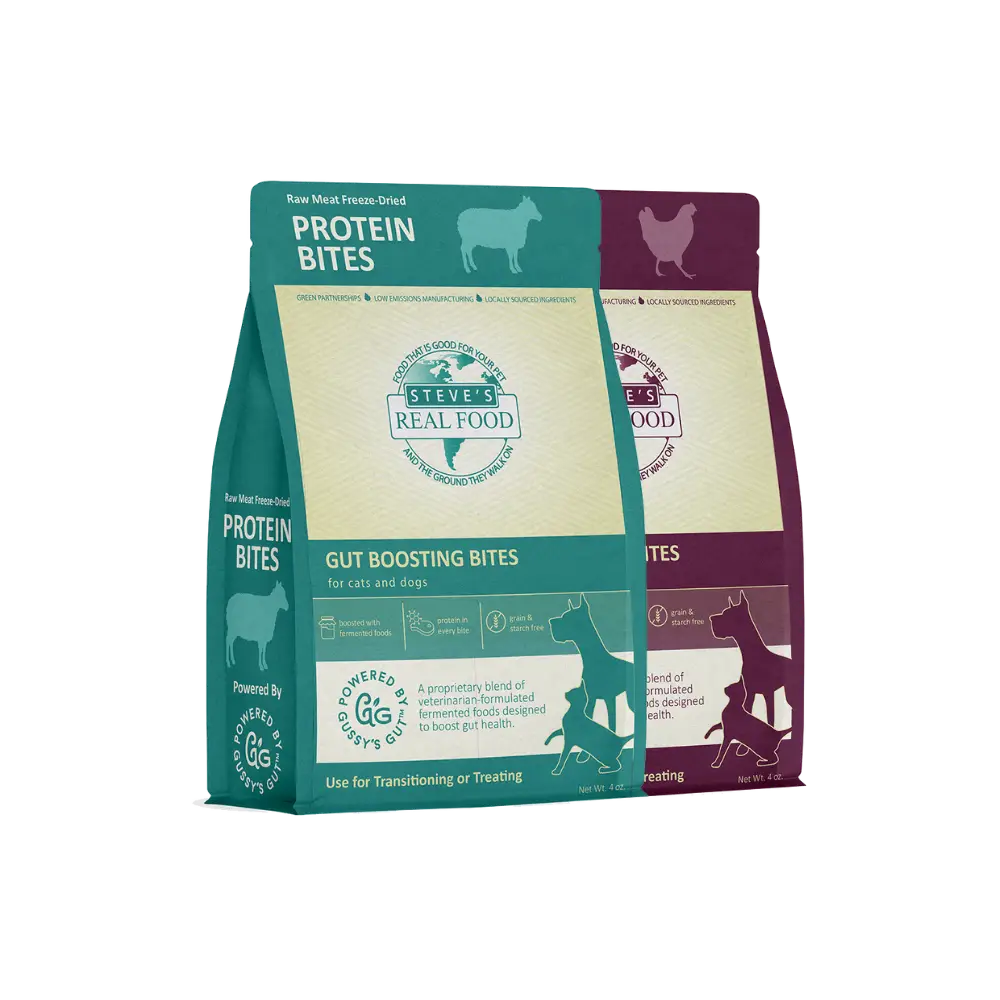 Freeze Dried Protein Bites
Freeze Dried Protein Bites
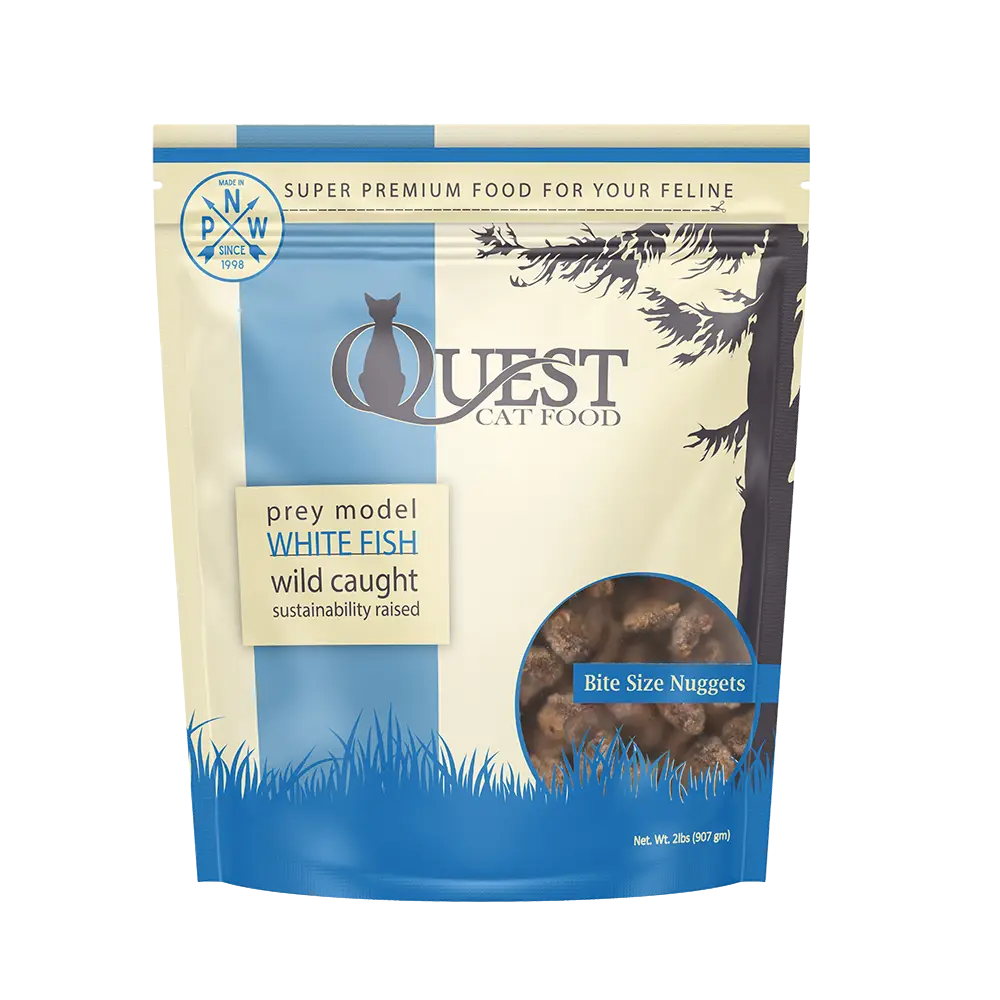 Frozen Quest
Frozen Quest
 Freeze Dried Quest
Freeze Dried Quest
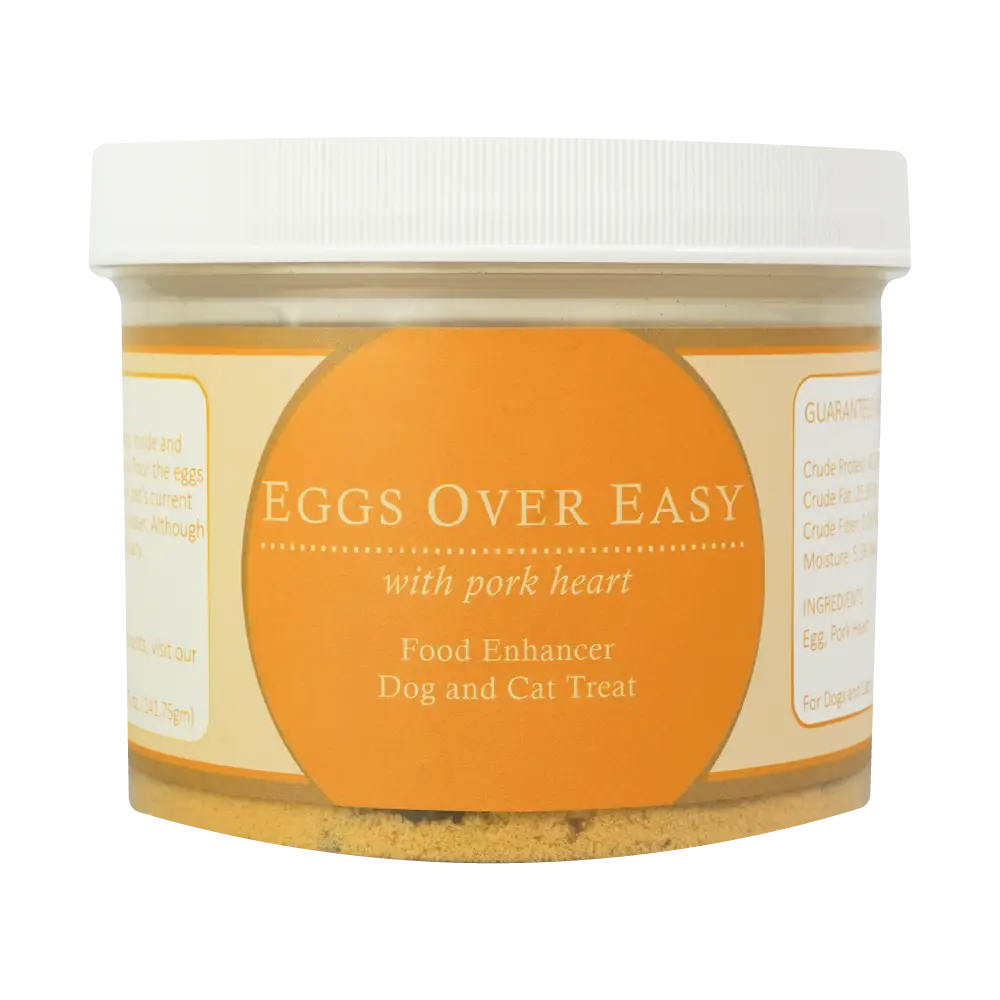 Eggs over Easy
Eggs over Easy
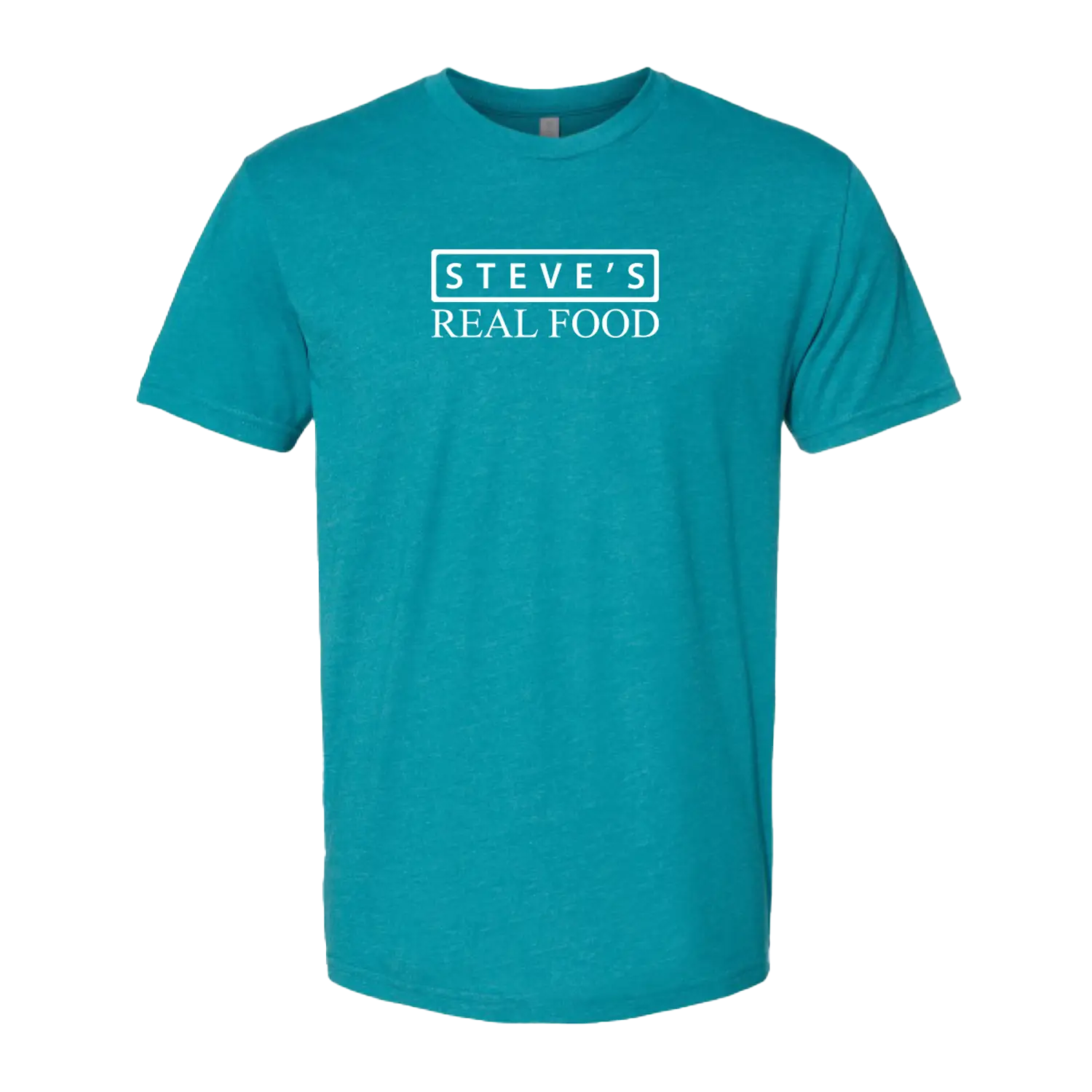 Steve's Merch
Steve's Merch 